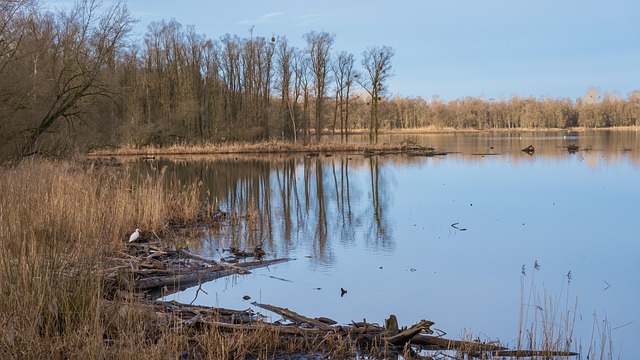We often feel overwhelmed by the scale of climate change. News headlines speak of rising temperatures, extreme weather, and melting ice caps. Beneath the surface, our oceans, the planet’s largest carbon sink and climate regulator, are also bearing the brunt of these changes, driven by increasing emissions.
The health of our marine environment is intrinsically linked to the health of our planet’s climate. As we pour more greenhouse gases into the atmosphere, the oceans absorb excess heat and carbon dioxide, leading to warming waters and acidification. This puts immense pressure on marine ecosystems, threatening the intricate web of life that calls them home.
Amidst this challenge, a powerful solution lies in protecting specific areas of the sea. Marine protected areas (MPAs) are designated zones where human activities are restricted to conserve marine life and habitats. While traditionally established for biodiversity conservation, their role in the fight against climate change is increasingly recognized as critical.
How Marine Protected Areas Combat Climate Change
Marine protected areas contribute to climate resilience and mitigation in several key ways:
- Blue Carbon Sequestration: Ecosystems like mangroves, seagrass meadows, and salt marshes within MPAs are incredibly efficient at capturing and storing carbon dioxide from the atmosphere and ocean. Protecting these “blue carbon” habitats keeps vast amounts of carbon locked away, preventing it from contributing to global warming.
- Building Resilience: Healthy, diverse marine ecosystems are better equipped to withstand the impacts of climate change, such as ocean warming, acidification, and sea-level rise. MPAs allow fish populations to recover and habitats to thrive, creating stronger, more resilient systems.
- Protecting Critical Habitats: Coral reefs, kelp forests, and other complex habitats provide shelter and nurseries for countless species. Protecting these areas within MPAs helps maintain biodiversity and the overall health of the marine environment, which supports crucial oceanic processes including carbon cycling.
- Supporting Fisheries Management: Well-managed MPAs can lead to healthier fish stocks that spill over into surrounding areas, benefiting coastal communities and economies. This can reduce pressure on vulnerable areas and support more sustainable interactions with the marine environment.
By safeguarding vital ecosystems and allowing marine life to recover, marine protected areas enhance the ocean’s natural ability to absorb carbon and build resilience against climate change impacts. They are not just about preserving nature for its own sake, but about investing in the planet’s capacity to cope with the consequences of human emissions.
Creating and effectively managing Marine protected areas is a concrete step we can take towards mitigating climate change and ensuring a healthier environment for future generations. They offer a beacon of hope, demonstrating that protecting nature is a powerful strategy in addressing the global challenges we face.



